This article was co-authored by Pippa Elliott, MRCVS. Dr. Elliott, BVMS, MRCVS is a veterinarian with over 30 years of experience in veterinary surgery and companion animal practice. She graduated from the University of Glasgow in 1987 with a degree in veterinary medicine and surgery. She has worked at the same animal clinic in her hometown for over 20 years.
There are 9 references cited in this article, which can be found at the bottom of the page.
This article has been viewed 39,786 times.
Guinea pigs can develop quite a few lumps and bumps, but not all of them are tumors. If you’re worried that your guinea has a tumor, you can gently check for any growths on its body or for other troublesome symptoms. Always have a vet examine these lumps to see if they are tumors. Most tumors are benign and can be removed through surgery. Malignant growths, however, can be fatal. With quick action, you can get your guinea pig the help it needs so that it can live a long, healthy life.
Steps
Examining Your Guinea Pig
-
1Locate any lumps on its body. Take your guinea pig out of its cage and look over its body for any raised, rounded lumps. Use your fingers to brush through its fur to feel for any abnormal growths on its skin.[1]
- Lumps that appear on the belly of your guinea pig may be mammary tumors. They can appear on male or female guinea pigs.
- If your guinea pig has cysts on their back or on the flanks of their legs, they may have trichofolliculoma, which affects their hair follicles.
- Not all lumps on your guinea pig’s body are tumors, but you should get them checked out by a vet regardless.
-
2Evaluate the condition of the lump. Use a ruler to measure the size of the tumor. Identify any unusual characteristics, such as discoloration, bleeding or oozing, or hair loss. These details can all help your vet make a diagnosis.[2]
- If the lump is painful or uncomfortable, your guinea pig may start chewing it. This may cause bleeding.
- If the lump is filled with pus, it may be an abscess and not a tumor.
Advertisement -
3Watch for signs of sickness. Some tumors cannot be seen or felt from the outside of the body. These internal tumors might cause other symptoms, however. Keep an eye out for:[3]
- A lack of appetite.
- Labored breathing.
- Bloody urine.
- Hair loss.
- A scruffy or ruffled coat.
-
4Examine your guinea pig often. Even if your guinea pig is OK now, remember that tumors can grow quickly, and your guinea pig might hide its symptoms at first. Check it for lumps at least once a week. If you notice a new growth, get it checked out by your vet.[4]
Visiting a Vet
-
1Make an appointment as soon as possible. Tumors can grow quickly, so it is important that you make an appointment as soon as possible if you suspect something is wrong. Since surgery is usually needed to remove tumors, only your vet can treat your guinea pig.
- If your vet determines it is an abscess and not a tumor, they may drain it and treat it with antibiotics instead.
- Some growths, such as lipomas, may not be harmful, and your vet may recommend no treatment.
-
2Get a biopsy to learn if it is malignant or benign. A benign tumor can be removed with surgery while a malignant tumor may spread. To do a biopsy, your vet will take a sample of the tumor. They will examine it under a microscope to see if it is cancerous or not.[5]
- If your vet determines that your guinea pig has cancer or a malignant tumor, euthanasia may be recommended. There are few treatments that can treat cancers in guinea pigs.
-
3Get an ultrasound or X-ray to identify internal tumors. Your vet may do an ultrasound or X-ray on your guinea pig to see if it has ovarian cysts, uterine tumors, or masses on their spleen.[6]
-
4Undergo tests to check the internal organs. There are many other tests that your veterinarian may perform to see what type of problem your guinea pig has. These might include:[7]
- Complete blood count: The vet will draw blood from the guinea pig to count red and white blood cells. This can help diagnose leukemia, a cancer of the blood.
- Urinalysis: Your vet will test your guinea pig’s urine. This can help them find bladder and uterine cancers.
- Lymph node sampling: The vet may take a sample of the fluids from the lymph nodes to see if there is an infection there. This can help diagnose a type of cancer called lymphosarcoma.
Getting Surgery for Your Guinea Pig
-
1Budget for the surgery. Guinea pig surgery can be expensive. While costs vary from vet to vet, you may pay up to $800. You will also have to pay for the antibiotics afterwards. Get a quote from your vet so that you can start saving your money.
-
2Ask your vet if you should feed your guinea pig before surgery. Your vet may tell you to not feed your guinea pig anything for a certain number of hours before you bring it in. However, make sure you're not fasting your guinea pig overnight before the surgery. Bring some of your guinea pigs food to the surgery so he can start eating immediately upon recovery.[8]
-
3Take the guinea pig in for surgery. Your guinea pig will undergo anesthesia before the tumor is removed. Afterwards, the vet will stitch up the wound with sutures, staples, or adhesive. The stitches will need to remain until the incision heals, which can take up to two weeks.[9]
-
4Spay or neuter your guinea pig if it has a reproductive tumor. Any reproductive tumors, such as ovarian or testicular tumors, will require your guinea pig to be spayed (if it is female) or neutered (if it is male). The affected reproductive organ will be removed.
- Even if your guinea pig does not have a reproductive tumor, spaying and neutering can prevent these tumors from developing.
-
5Give your guinea pig its medication. Your vet may prescribe a medication for your guinea pig to take while it recovers. This may be used to prevent infection, reduce pain, or treat an underlying problem that caused the tumor in the first place.[10]
- Antibiotics that your veterinarian may prescribe include Bactrim or Baytril.
- Some painkillers that you might be given include a narcotic like tramadol or a non-steroidal anti-inflammatory drug (NSAID) like Metacam.
- Not all vets will prescribe medicine following surgery. Always follow your veterinarian’s recommendations. Never give your guinea pig your own medication, as most human medicines are toxic to guinea pigs.
-
6Watch for problems after the surgery. You can keep your guinea pig in its cage with other guinea pigs after surgery. They may be a little lazy, but it should still be eating and moving. Keep it clean and warm as it recovers. When picking up your guinea pig, take care not to touch their stitches. Call your vet if:[11]
- The guinea pig is not eating or drinking.
- It appears to be in pain.
- It is chewing or pulling out its sutures.
- The wound is bleeding or oozing.
References
- ↑ http://www.merckvetmanual.com/exotic-and-laboratory-animals/rodents/guinea-pigs#v3309974
- ↑ http://www.guinealynx.info/lumps.html
- ↑ http://www.petplace.com/article/small-mammals/general/when-your-small-mammal-is-sick/cancer-in-guinea-pigs
- ↑ https://kb.rspca.org.au/knowledge-base/what-do-i-need-to-know-about-my-guinea-pigs-health/
- ↑ http://www.guinealynx.info/lumps.html
- ↑ http://www.merckvetmanual.com/exotic-and-laboratory-animals/rodents/guinea-pigs#v3309974
- ↑ http://www.petmd.com/exotic/conditions/skin/c_ex_gp_cancers_tumors
- ↑ http://www.guinealynx.info/surgery.html
- ↑ https://www.petmd.com/exotic/conditions/skin/c_ex_gp_cancers_tumors
About This Article
To diagnose and treat tumors in guinea pigs, examine your guinea pig's body closely for raised or rounded lumps. Next, brush your fingers through its fur to feel for any abnormal growths on the skin. If you notice any lumps, or symptoms like hair loss, labored breathing, or loss of appetite, take your guinea pig to a vet right away for an evaluation. The vet will biopsy any abnormal growths to find out if they're malignant or benign. Then, depending on the results, your vet may recommend medication or surgery to treat your guinea pig's tumors. For tips from our Veterinary co-author on caring for a guinea pig after surgery, read on!
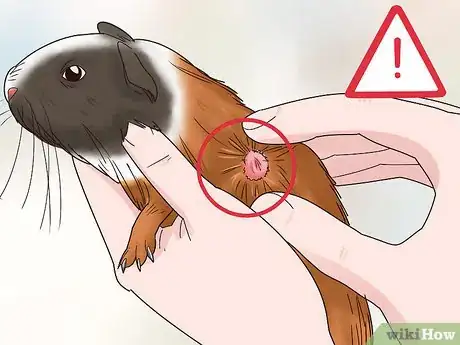
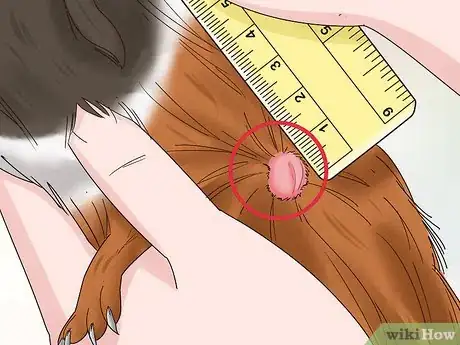
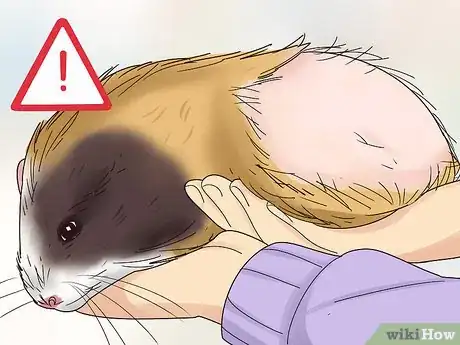

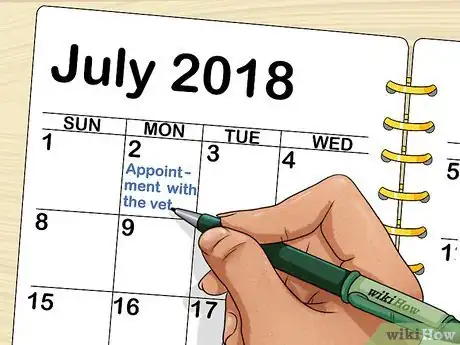

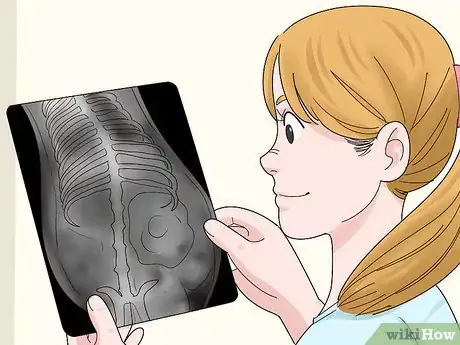
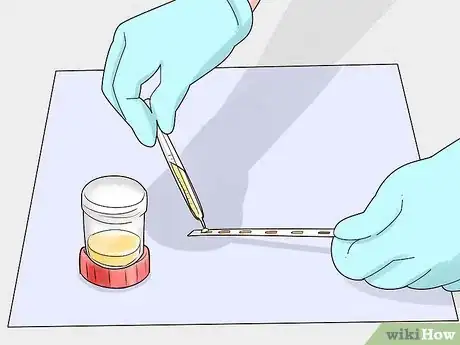


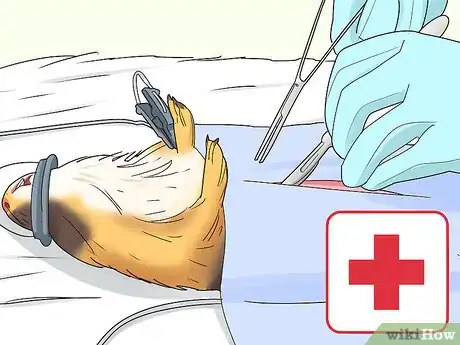

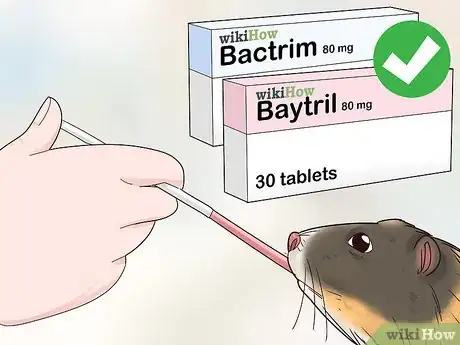
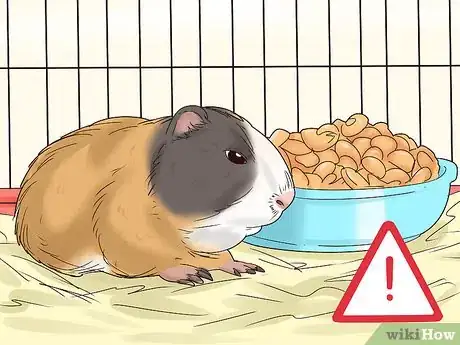


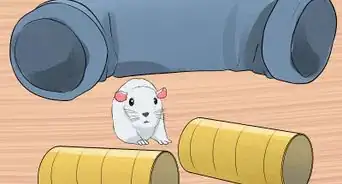
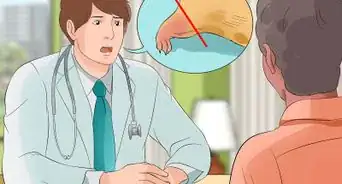

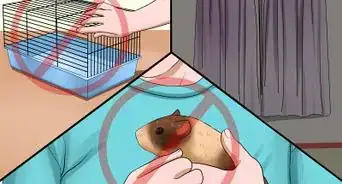
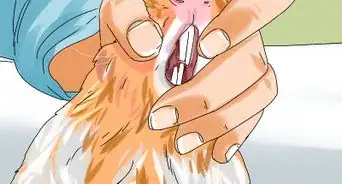
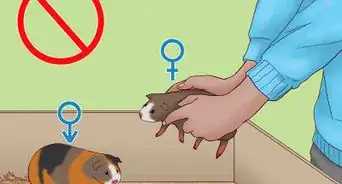

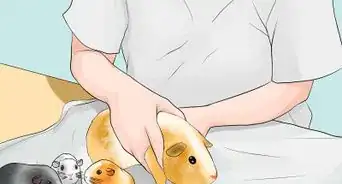
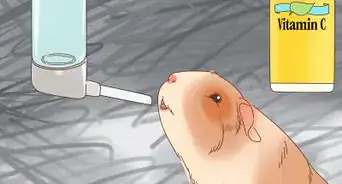
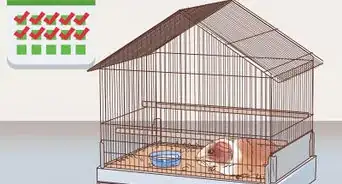















































Medical Disclaimer
The content of this article is not intended to be a substitute for professional medical advice, examination, diagnosis, or treatment. You should always contact your doctor or other qualified healthcare professional before starting, changing, or stopping any kind of health treatment.
Read More...